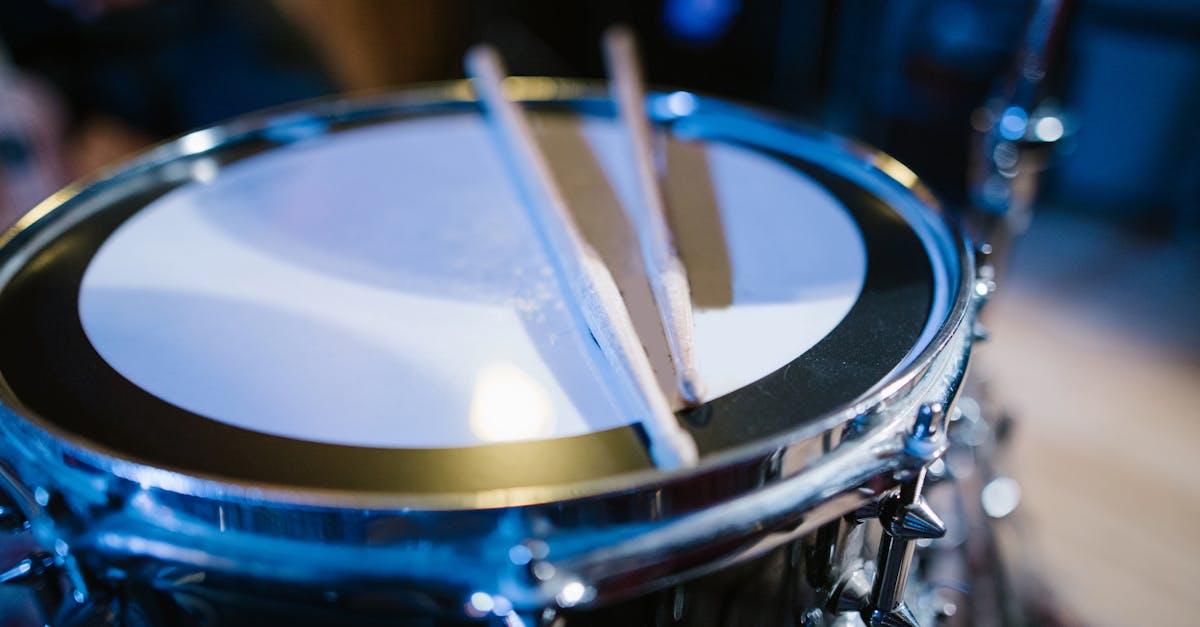Resonant Routes The Odyssey Of World Music
Introduction to World Music
World music embodies the rich cultural tapestry of the planet, offering a vibrant reflection of humanity’s diverse voices. Defined broadly, it encompasses traditional, folk, non-Western, and roots music, appealing to both curious listeners and dedicated enthusiasts. With roots reaching back centuries, it narrates tales of shared emotions, global migration, and cultural cross-pollination. Relating traditions from Africa’s rhythmic beats to the haunting strains of Asian flutes, world music underscores a universal musical dialogue. As globalization advances, these sounds are celebrated across international venues, from underground clubs to prestigious festivals. Combining the ancient and the modern, world music is an audible journey through time and space.
Advertisement
The Roots of World Music
The origin of world music is deeply interwoven with the histories of civilizations. Long before the term 'world music' was coined in the late 20th century, traditional music served as a vessel for storytelling, rituals, and community bonding. In Africa, the beats of the djembe and thumb pianos have echoed through generations, embodying communal narratives and spiritual practices. Asia's cultural rhythms, found in the gamelan orchestras of Indonesia or the bamboo flutes of China, symbolize harmony and nature's spirit. Meanwhile, the Americas offer diverse musical tapestries influenced by indigenous sounds, African rhythms, and European melodic structures. Each region, with its unique sound signature, has laid a distinctive brick in the mosaic of world music.
Advertisement
The Birth of a Genre Recognition
While traditional music has long existed, the recognition of 'world music' as a genre blossomed in the late 1980s. Music marketers and record labels needed a category to help promote global artists beyond their regional confines. Gaining traction in Western markets, this genre garnered international collaborations between local talent and famous artists. Icons like Paul Simon, who famously incorporated South African rhythms into his album "Graceland," helped bridge cultural sounds. This cross-cultural interaction facilitated global interest in understanding and preserving diverse music heritages. Beyond commercial success, the genre provided a platform for artists to share stories about identity, politics, and social change.
Advertisement
Cultural Fusion and Innovation
World music acts as a melting pot, where cultural fusion has led to innovative sounds and compositions. Artists experiment by blending genres—often infusing traditional music with modern elements like jazz, blues, or electronic music. For instance, Afrobeat, pioneered by Nigerian legend Fela Kuti, fuses West African rhythms with funk and jazz, creating music that addresses socio-political themes. Similarly, the popularization of Reggaeton combines Latin, reggae beats, and hip-hop flavors. Such fusions are a testament to adaptability and creativity, showcasing how world music facilitates fresh artistic expressions that resonate across cultural boundaries.
Advertisement
The Modern Impact on Global Platforms
The advent of the digital age revolutionized world music's reach. Platforms like YouTube, Spotify, and Apple Music offer artists unparalleled avenues to share their music with global audiences. This digital democratization has allowed lesser-known artists from remote regions to gain recognition and appreciation worldwide. Artists like Nusrat Fateh Ali Khan or Buena Vista Social Club have garnered international acclaim, despite the geographical confines of their music's origin. Additionally, documentaries and world music festivals supplement this exposure, creating extensive platforms where artists can showcase their talents. Consequently, the genre remains dynamic, with new sounds continually emerging and reshaping the global musical landscape.
Advertisement
Preserving Musical Heritage
With modernization, many traditional music forms are at risk of fading into obscurity. However, world music plays a pivotal role in the preservation of these cultural artifacts. Efforts by ethnomusicologists, record labels, and cultural organizations emphasize documenting and archiving these rich legacies. Programs enabling knowledge transfer between older maestros and youth ensure that musical traditions evolve without losing their essence. Preservation is an act of reverence, acknowledging the importance of music in maintaining cultural identity and history in otherwise rapidly evolving societies. Thus, world music becomes vital not only as an entertainment source but also as a historical custodian.
Advertisement
The Social and Political Voice
Music has long been a medium for social and political expression, a fact true for global music traditions as well. From chants of resistance to evocative ballads preserving tales of struggle, world music provides a powerful platform for activism. Artists like Bob Marley used reggae to advocate for peace and justice, while Miriam Makeba's "Mama Africa" sang her fight against apartheid. Such songs resonate across socioeconomic divides, offering solace and motivation to communities fighting for change. In a world of rising inequalities, world music remains a universal, non-verbal language capable of igniting movements and inspiring change.
Advertisement
Reviving Interest in Forgotten Melodies
World music appeals by highlighting cultures often overlooked or overshadowed by mainstream pop narratives. Artistic projects aiming to revive forgotten sounds have gained momentum, often uncovering hidden gems. Movements fostering indigenous music or language preservation play a crucial role in cultural conservation. The rise of compilations, tribute albums, and collaborations with young artists rejuvenates these ancient melodies, ensuring their place in contemporary music scenes. As audiences worldwide continue to explore rich cultural legacies, these initiatives contribute to the revival and appreciation of the diverse spectrum of human creativity and expression.
Advertisement
Challenges and Future Directions
Despite its vibrancy, world music faces challenges, including cultural appropriation and commercialization. As artists borrow from global traditions, it becomes essential to respect and credit the originating cultures. The journey ahead should focus on authentic collaborations and sharing knowledge across borders. Moreover, supporting grassroots artists through fair compensations and acknowledgment can foster an inclusive music landscape. With transparent global dialogues and shared respect, world music will continue to captivate audiences, bridging cultural gaps and unifying voices through the melodic language of the soul.
Advertisement
Conclusion
World music symbolizes the harmonic convergence of diverse cultural expressions, offering a universal language connecting disparate communities. As the genre evolves, it reflects humanity's shared past, present, and aspirations for a harmonious future. By embracing both the traditional and the innovative, world music underscores the resilience and adaptability of human creativity. While challenges persist, the genre's ability to exalt the rich diversity of our world remains undiminished. As global citizens explore these resonant routes, world music will continue to guide them on an odyssey of discovery and unity.
Advertisement







